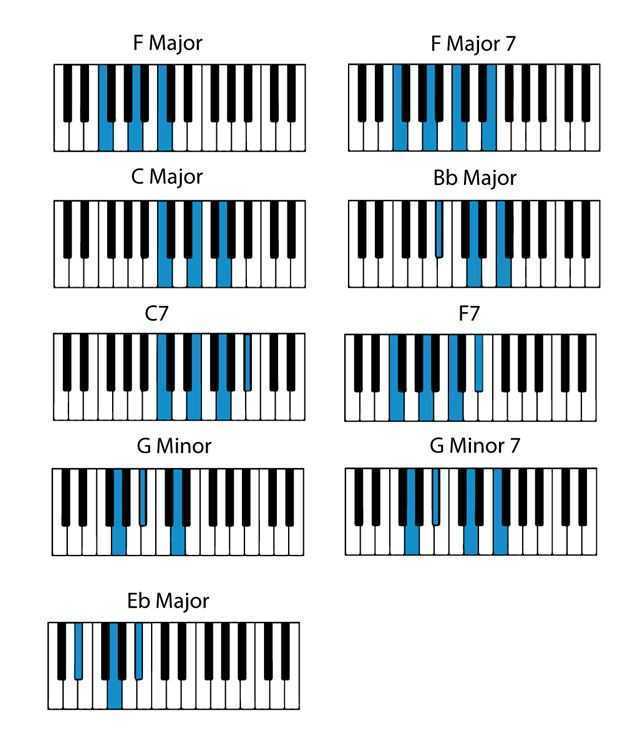


Modern musicological practice has extended the concept of mode to earlier musical systems, such as those of Ancient Greek music, Jewish cantillation, and the Byzantine system of octoechoi, as well as to other non-Western types of music. This concerns particular repertories of short musical figures or groups of tones within a certain scale so that, depending on the point of view, mode takes on the meaning of either a "particularized scale" or a "generalized tune". In all three contexts, "mode" incorporates the idea of the diatonic scale, but differs from it by also involving an element of melody type. The concept of "mode" in Western music theory has three successive stages: in Gregorian chant theory, in Renaissance polyphonic theory, and in tonal harmonic music of the common practice period.
EMOTIONAL SAD PIANO CHORDS SERIES
Modes and scales Ī musical scale is a series of pitches in a distinct order. In the theory of late-medieval mensural polyphony (e.g., Franco of Cologne), modus is a rhythmic relationship between long and short values or a pattern made from them in mensural music most often theorists applied it to division of longa into 3 or 2 breves. Authors from the 9th century until the early 18th century (e.g., Guido of Arezzo) sometimes employed the Latin modus for interval, or for qualities of individual notes. The word encompasses several additional meanings. It is still heavily used with regard to Western polyphony before the onset of the common practice period, as for example "modale Mehrstimmigkeit" by Carl Dahlhaus or "Tonarten" of the 16th and 17th centuries found by Bernhard Meier.

As early as 1271, Amerus applied the concept to cantilenis organicis, i.e. In 1792, Sir Willam Jones applied the term "mode" to the music of "the Persians and the Hindoos". "If one thinks of scale and tune as representing the poles of a continuum of melodic predetermination, then most of the area between can be designated one way or the other as being in the domain of mode". Powers proposed that "mode" has "a twofold sense", denoting either a "particularized scale" or a "generalized tune", or both. Regarding the concept of mode as applied to pitch relationships generally, Harold S.

It is applied to major and minor keys as well as the seven diatonic modes (including the former as Ionian and Aeolian) which are defined by their starting note or tonic. Its most common use may be described as a type of musical scale coupled with a set of characteristic melodic and harmonic behaviors. In music theory, the term mode or modus is used in a number of distinct senses, depending on context.


 0 kommentar(er)
0 kommentar(er)
